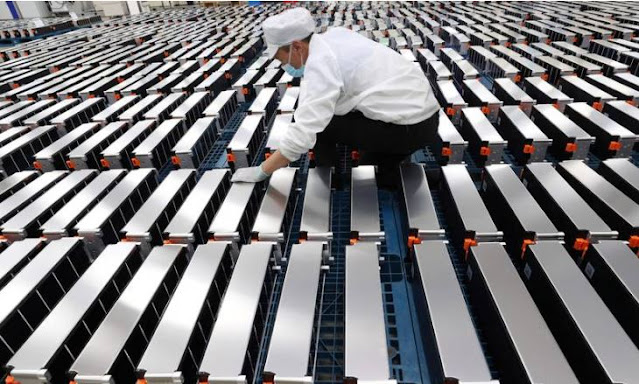Why the clean energy transition is not suffering from a lack of resources
The world isn’t cutting greenhouse gas emissions with anything like the speed required to avoid the most dangerous effects of climate change, as the latest UN climate report published this month affirmed. Despite this, it’s become a trope of sorts to warn that we’re in danger of going too fast.
The overlapping drivers and effects of the Russian military offensive in Ukraine, Covid-related supply chain disruptions and rising inflation have all fuelled a set of haphazard narratives that the clean energy transition will be highly inflationary — or, alternatively, that it will stall.
The worries usually centre on the implications of soaring demand for commodities such as cobalt, lithium, nickel and copper that are used for electric vehicles, solar PV cells, wind turbines and electrical grids.
Isabel Schnabel of Germany’s Bundesbank spoke in January about the inflationary effects of green energy; although she later acknowledged that this had to be seen alongside inflationary effects of fossil fuels and of climate change itself.
These warnings usually cite a fact about the resources required to build new energy infrastructure.
The International Energy Agency, for example, highlights that an electric vehicle uses six times as much metals as a fossil fuel car and that wind farms use nine times as much as a gas-fired plant.
The shock value of that analysis doesn’t entirely withstand close scrutiny. For one thing, it fails to acknowledge the absence of fuel from the equation; an internal combustion pickup truck will use $25,000 of fuel in a decade, under the Energy Information Agency’s low gasoline price scenario.
It also must contend with economics 101: more demand and higher prices will engender more supply. Running out of commodities is a popular fear, but the past couple of hundred years have seen humans develop ever more efficient ways of finding things we want under the ground and pulling them out.
Examples are abundant. Consider the US shale oil boom of the past decade: the country’s oil output more than doubled between 2008 and 2018.
Peak oil supply — or at least a secular shift to higher priced crude — was a credible threat a little more than a decade ago. Both the “resources” and the economically recoverable “reserves” of transition minerals have tended to grow over time, even as production continues.
Read More : https://www.thenationalnews.com/business/road-to-net-zero/2022/04/30/why-the-clean-energy-transition-is-not-suffering-from-a-lack-of-resources/




Comments
Post a Comment